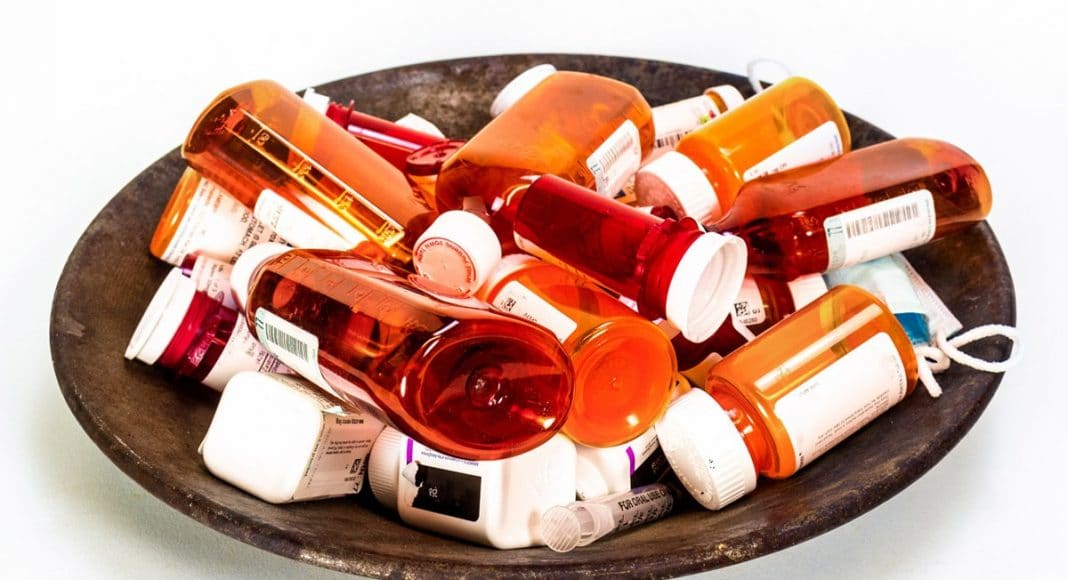Pamela Hadfield suffered from withering migraine attacks for most of her life. In her late 30s, when the severity of her migraines increased, she was prescribed Vicodin, the highly addictive resident in many of our medicine chests. Pamela used Vicodin but with trepidation. She went to work and kept her life going, but she had become a highly functional opioid addict.
When she was introduced to cannabis, she was skeptical. She thought, like so many naïve patients, that MMJ was a joke. But with no other choice, she did some research and visited a dispensary in San Francisco, where she lived. After months of experimentation, she found the right cannabis dose and formula that broke the yoke of her addiction. It’s three years later, and Pamela hasn’t had a migraine since. “Cannabis is the only thing that stopped the headaches,” she told me. It also altered the course of her working life.
Today, Pamela is the co-founder of Hello MD, a California-based telemedicine service that connects patients interested in medical cannabis with doctors. Along the way, Pamela has become an advocate for educating patients about using cannabis to overcome opioid dependence.
Opioids (the category includes Codeine, Fentanyl, Oxycodone, OxyContin, Tramadol, Demerol, Norco, Lorcet, methadone) are killing 91 Americans per day. That is criminal. It’s even more unacceptable in light of the fact that there are dozens of recent studies indicating that cannabis can not only stop the addiction, but can also stop the pain, in most cases, more effectively than these opioids.
In one recent observational study Hello MD conducted with University of California, Berkeley, 91 percent of patients said that cannabis helped them reduce their dependence on opioids (That’s a sky-high number — most studies report 50-60 percent). Eighty one percent said that cannabis was more effective than opioids for chronic pain, which is defined as pain that continues for over 90 days. This is interesting — opioids work best with acute pain — they offer great relief for the first few days. But after that, they lose efficacy and can actually exacerbate the pain. After a week of opioid use, you have a 25 percent chance of becoming addict.
Combine that with the fact that death rates from opioids are 25 percent lower in legal medical marijuana states and you have compelling evidence that cannabis –even as an adjunct to opioids–could be a viable solution to helping patients reduce pain and reclaim their lives without fear of addiction.
-
Related Story: This MS Patient Found Marijuana To Be The Best Medicine
Why isn’t the federal government using this information to help its people? You may think you know the answer (No, it’s not all Trump’s fault), but tune in to learn more.


